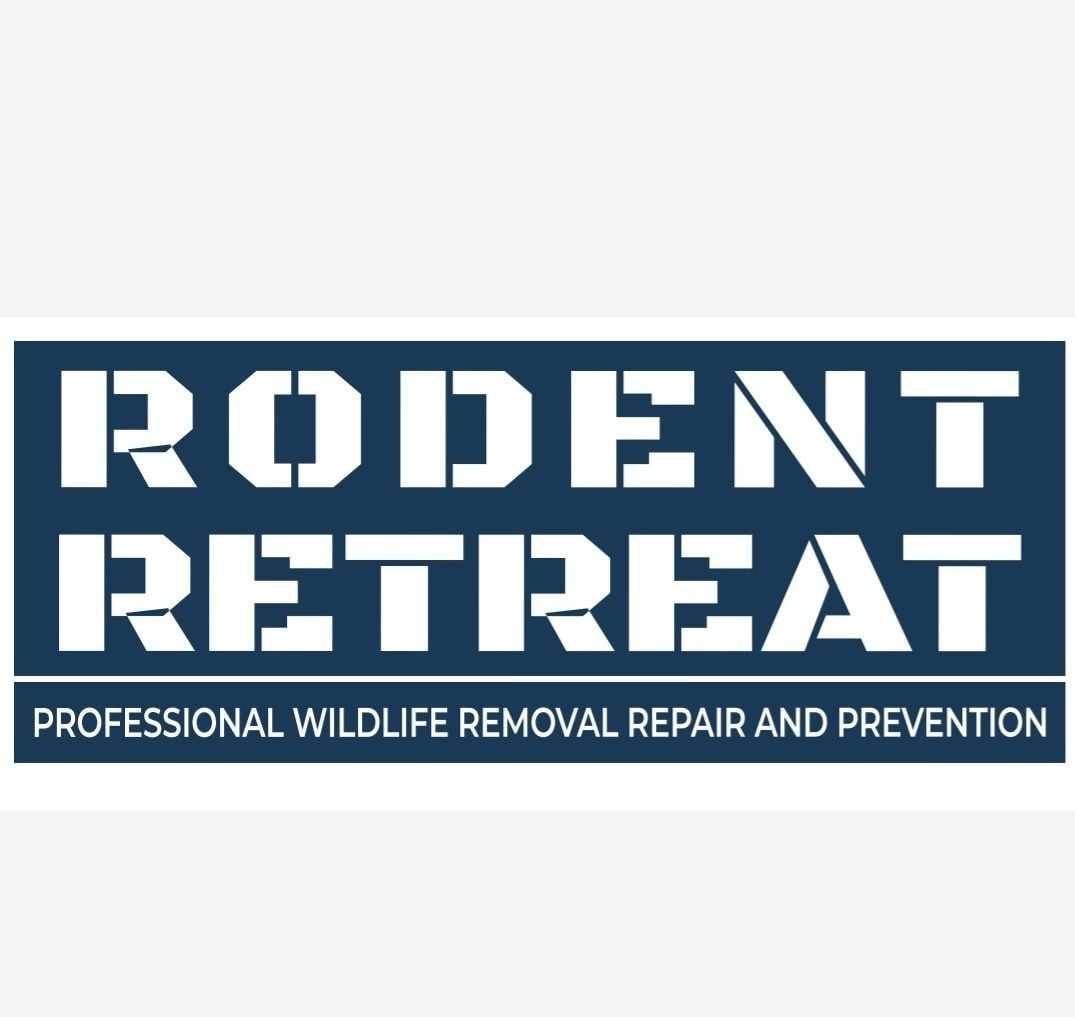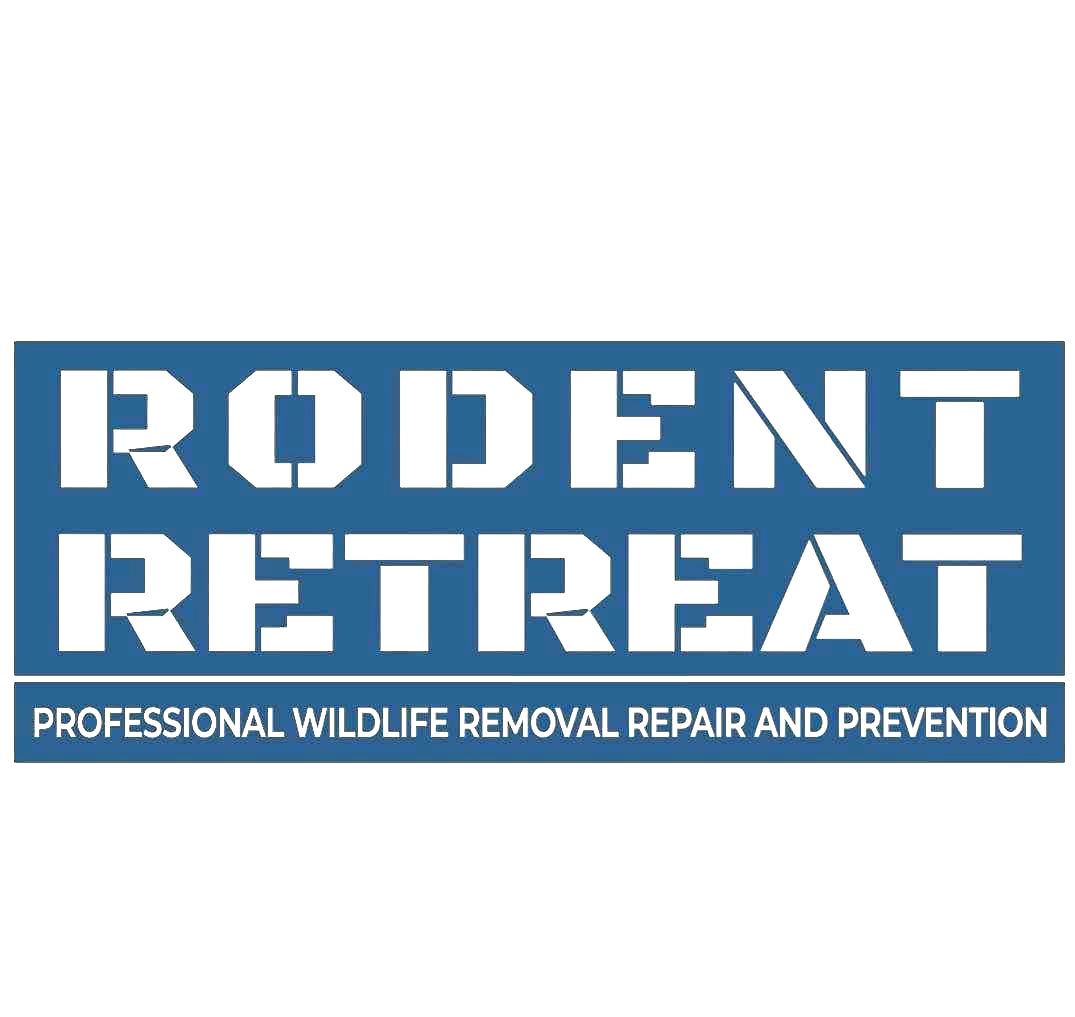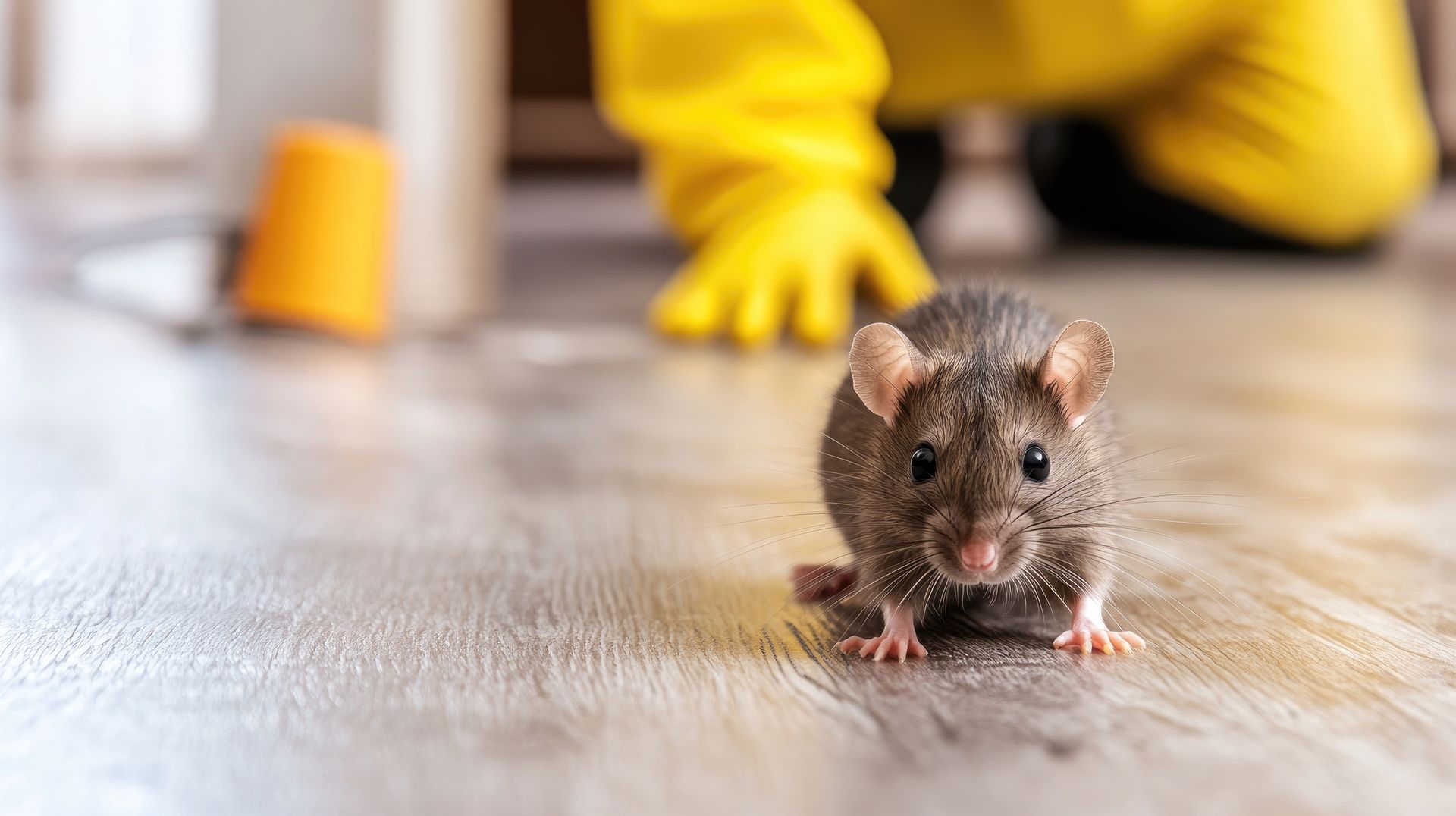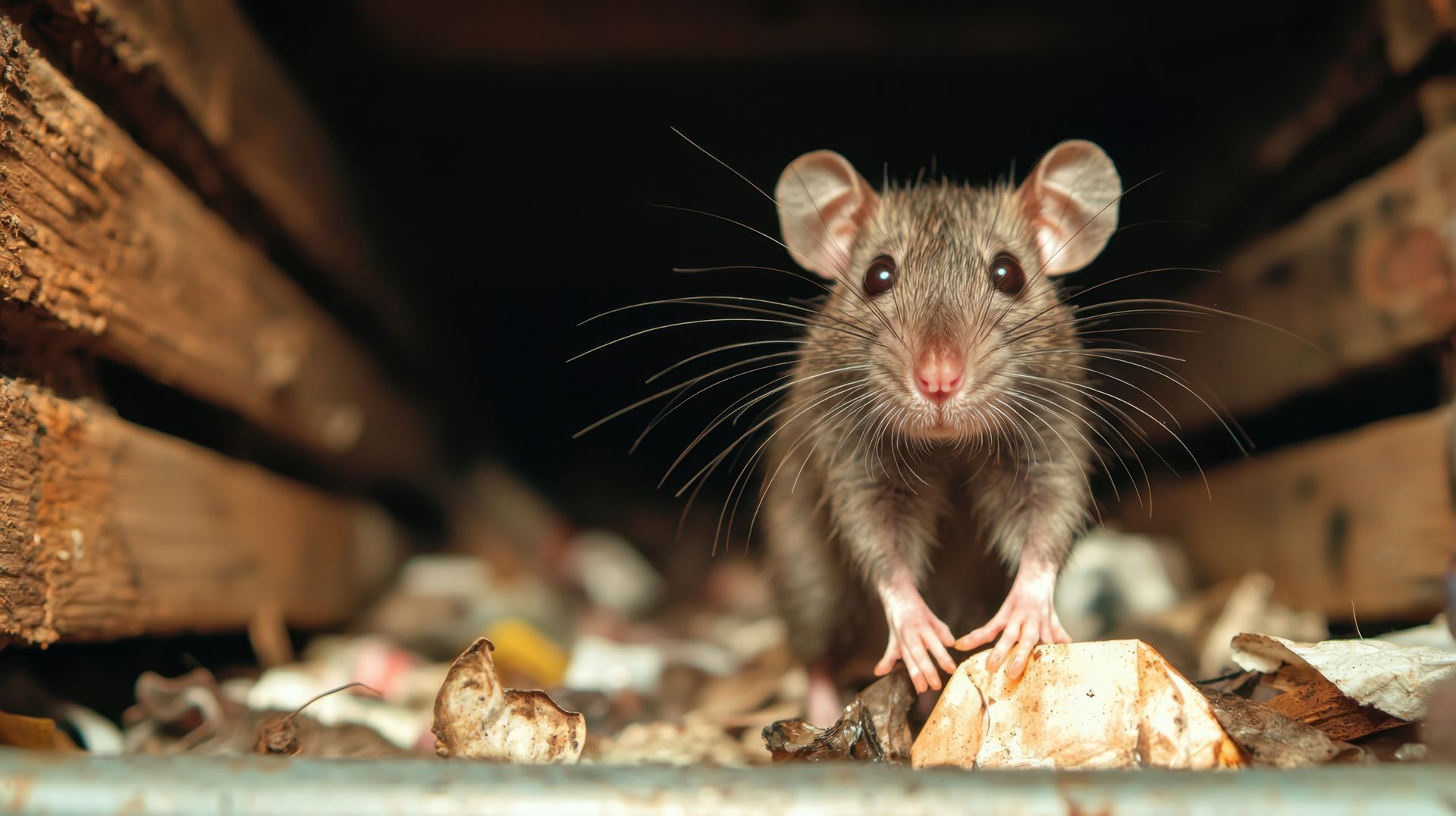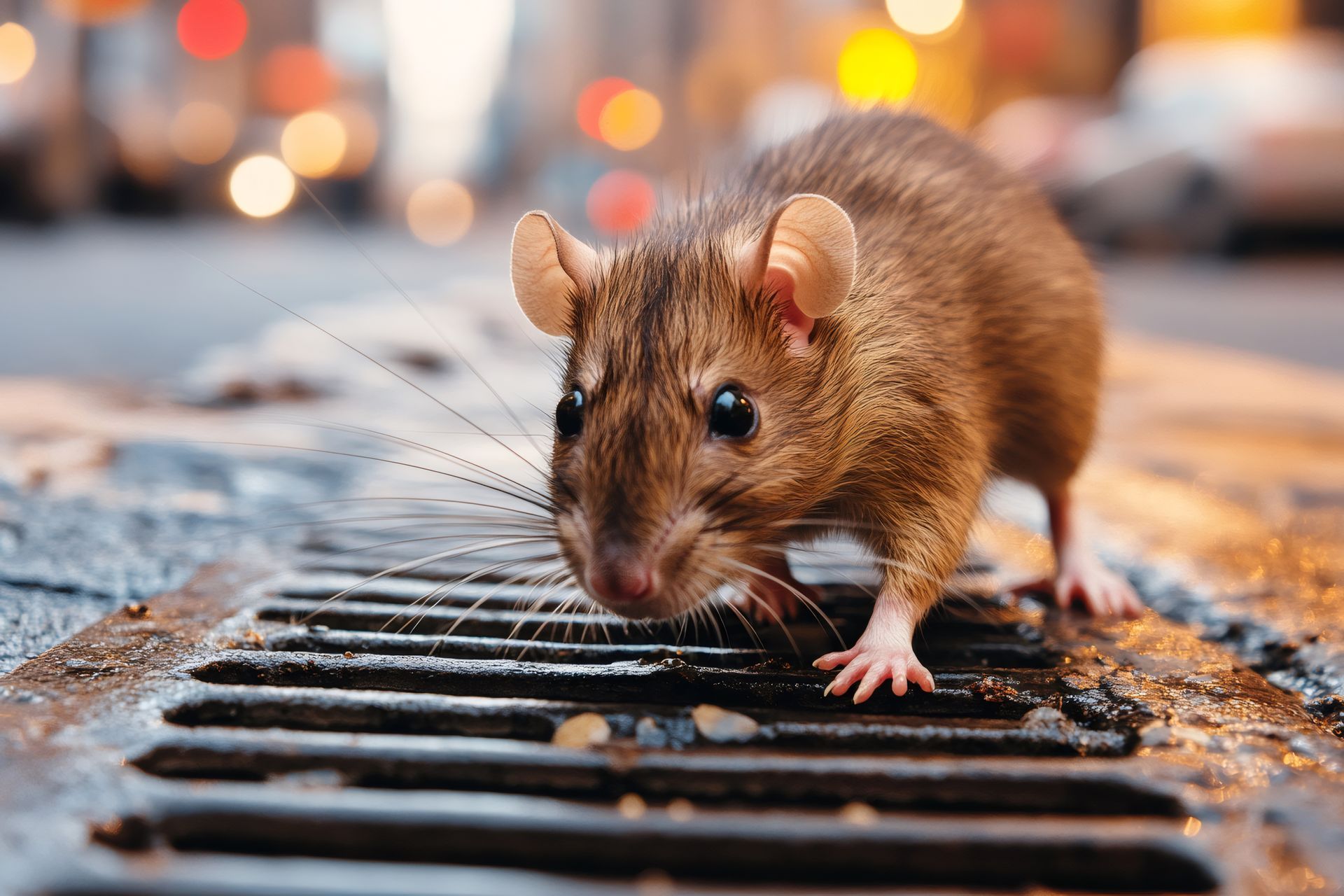The Homeowner’s Guide to Raccoon-Proofing
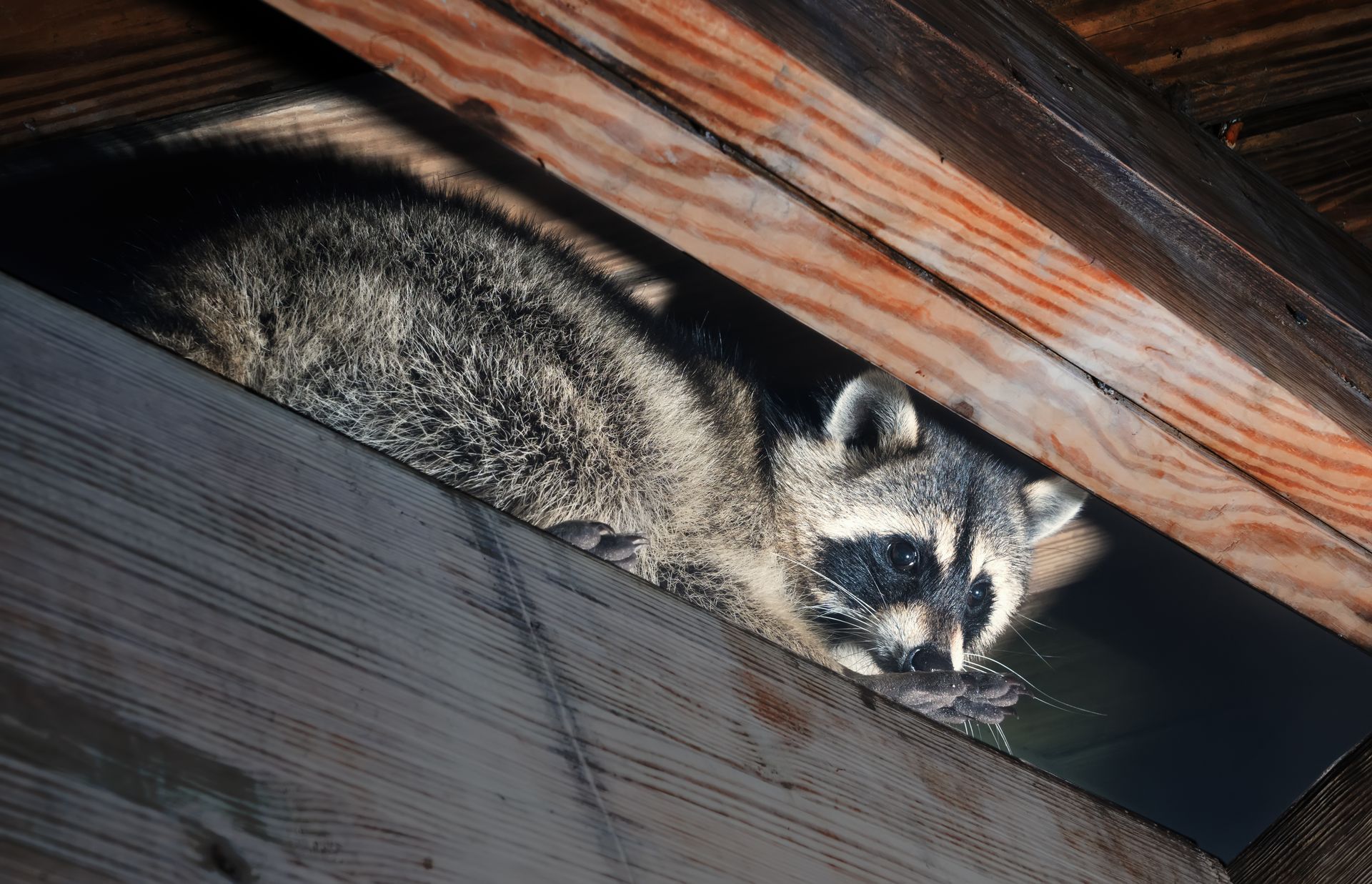
Protecting Your Home from Raccoons
Raccoons may look cute and harmless, but these intelligent and resourceful creatures can cause serious damage to homes if given the opportunity. From rummaging through trash cans to nesting in attics, raccoons can be a persistent nuisance for Texas homeowners. If left unchecked, they can destroy insulation, spread disease, and create costly repair bills.
Rodent Retreat, a trusted local expert in raccoon removal Texas residents rely on, specializes in humane and effective raccoon-proofing methods. Whether you’re trying to prevent an invasion or need help removing an existing problem, this comprehensive guide will provide you with the necessary steps to keep your home raccoon-free.
Understanding the Raccoon’s Motivations
Why are raccoons attracted to your property? The answer is simple: food, shelter, and water. Raccoons are nocturnal scavengers with sharp problem-solving skills. If they find an easy meal, a warm place to nest, and a steady water source, they won’t hesitate to settle in.
Common attractions include:
- Food sources: Unsecured garbage, pet food left outside, bird feeders, and compost bins.
- Shelter: Attics, crawl spaces, sheds, and abandoned burrows.
- Water: Ponds, leaky hoses, pet water bowls, and birdbaths.
Raccoons have highly developed dexterity, enabling them to pry open containers, squeeze through small openings, and even unlatch simple locks. This makes them particularly difficult to keep out once they’ve identified a potential nesting site.
By eliminating these attractants, you can significantly reduce the likelihood of a raccoon infestation. Understanding their motivations is the first step to implementing a long-term solution.
Inspection and Assessment
Before implementing raccoon-proofing measures, a thorough home inspection is essential. Walk around your property and look for:
- Entry points: Gaps in roofs, vents, soffits, and chimneys.
- Nesting sites: Attics, garages, under decks, and inside sheds.
- Food sources: Open garbage cans, fruit-bearing trees, or pet food left outside.
Signs of raccoon activity include overturned trash bins, scattered food remnants, and torn-up lawns. You may also hear noises at night, such as scratching or thumping, particularly from your attic or crawl space. Identifying these indicators early can help you take action before a full infestation occurs.
If you notice raccoon droppings, take caution, as they may carry parasites such as raccoon roundworm. Wearing gloves and using proper sanitation techniques is crucial when handling any contaminated areas.
Securing Your Property
Eliminating Food and Water Sources
Raccoons are opportunistic feeders, meaning they will take advantage of any accessible food source. Here’s how to make your property less appealing:
- Store pet food indoors or use raccoon-proof containers with tight-sealing lids.
- Secure garbage bins with metal or heavy-duty plastic lids, and use bungee cords or locks to keep them closed.
- Avoid feeding birds in raccoon-heavy areas, or switch to raccoon-resistant feeders that limit access.
- Clean up fallen fruit and vegetables from your yard promptly to prevent attracting wildlife.
- Fix leaky hoses and eliminate standing water sources to remove hydration options for raccoons.
Sealing Entry Points
Sealing your home’s access points is one of the most critical steps in preventing raccoons from getting inside.
- Attics and roofs: Inspect for loose shingles, holes, or weak spots and seal them using steel mesh or heavy-duty hardware cloth.
- Chimneys: Install a chimney cap to prevent raccoons from nesting inside.
- Vents and crawl spaces: Cover these areas with metal screening to block access while allowing for proper airflow.
- Gaps and cracks: Use caulk, steel wool, or metal flashing to seal holes in walls and foundations.
Since raccoons are excellent climbers, reinforcing these barriers is essential. Some homeowners also install electric fencing along their rooftops to deter persistent raccoons.
Eliminating Potential Nesting Sites
- Trim tree branches at least 6-8 feet away from your roof to prevent raccoons from climbing onto your home.
- Keep firewood stacks and brush piles away from the house to limit hidden nesting areas.
- Secure sheds and outdoor structures with durable materials to keep raccoons from taking refuge inside.
- Block access to spaces under decks and porches with heavy-duty mesh or wooden barriers.
Raccoons prefer dark, enclosed areas where they can safely give birth and raise their young. By making your property less accommodating, you can reduce the likelihood of an infestation.
Learn How to Safely and Humanely Remove Raccoons from Your Property here.
Raccoon-Proofing Your Yard
Raccoons are notorious for raiding gardens and digging up lawns in search of grubs and other insects. Here’s how to protect your outdoor spaces:
- Install fencing at least 4 feet high, with the top angled outward to prevent climbing.
- Use motion-activated sprinklers or lights to scare off nocturnal intruders.
- Bury mesh barriers a few inches below the soil if raccoons are digging up your yard.
- Apply non-toxic deterrents such as ammonia-soaked rags or predator urine around your property.
Dealing with Existing Raccoons
If raccoons have already taken up residence on your property, humane trapping and relocation may be necessary. However, DIY trapping can be risky due to potential bites, disease transmission, and legal restrictions on relocating wildlife in Texas.
Why DIY Removal is Risky
- Raccoons carry diseases: Rabies, roundworms, and leptospirosis can pose serious health risks.
- Aggressive behavior: A trapped or cornered raccoon may become aggressive and difficult to handle.
- Illegal relocation: Texas law restricts the relocation of wildlife without proper permits.
Rather than attempting removal on your own, it’s best to consult a professional who understands the local wildlife regulations.
When to Call a Professional Raccoon Removal Service
Rodent Retreat specializes in safe, humane raccoon removal Texas homeowners can depend on. If you encounter any of the following, it’s time to seek expert help:
- Multiple raccoons living on your property.
- Damage to your attic, walls, or insulation.
- Persistent raccoon activity despite preventive measures.
- Concerns about health and safety risks.
Our team uses humane exclusion techniques, ensuring raccoons are removed safely while preventing their return. We also provide home sealing and repairs to keep your property protected long-term.
A Raccoon-Free Home: Peace of Mind for Homeowners
By understanding what attracts raccoons and taking proactive steps to secure your home, you can prevent unwanted guests from moving in. Whether it’s sealing entry points, securing food sources, or calling in professionals, every homeowner has the power to protect their property.
If raccoons have already invaded, don’t take unnecessary risks. Contact Rodent Retreat for expert raccoon removal Texas residents trust. Our team is ready to provide safe, effective solutions to keep your home raccoon-free. Call us today for a consultation and reclaim your peace of mind!
